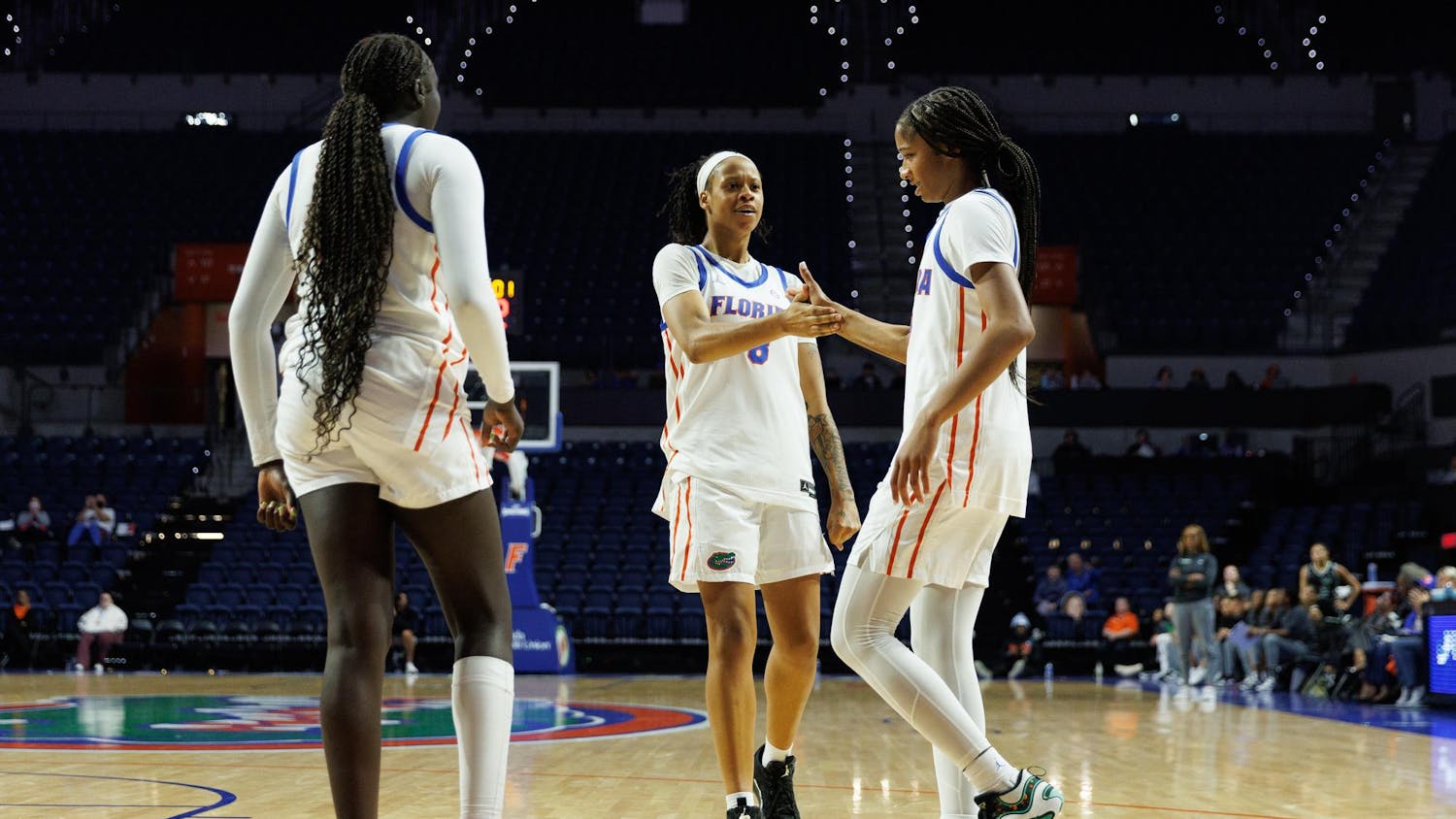As celebrities make bold statements about social movements and activism, sometimes we wonder: What good does it all do? There have been calls to use art to spread a message, as a call to action, but what good is a story or a picture in the long run? Though actors,
artists, musicians and writers will join together, making art for change, trying to rally a movement, there’s the very stark reality that an evocative photograph or a compelling song will not end a war or stop a corrupt government.
We’re not speccally referring to our current contentious political climate. This is a discussion for all of history, for all social movements and rebellions — ranging from protests to wars.
With each stirring of resistance and protest, there is a call to make art. And with each movement, there’s the grim reality that you cannot win a war with a painting.
There’s a quote by Kurt Vonnegut in which he discusses the Vietnam War — perhaps the most contentious time in recent history, until now — and how every “respectable artist” was against the war. They were all “aimed in the same direction,” Vonnegut said, “like a laser beam.” But the impact of that weapon, he said, was equivalent to “that of a custard pie dropped from a stepladder six feet high.”
Vonnegut is not known for his idealism, but his words strike clearly in the hearts of artists everywhere who fear their work is not going to make an impact, who know deep down that a poem is not going to stop a dictator. And yet they try to keep creating anyway, but are finding it harder to do so.
But think about it. When you think of the 1970s, the Vietnam War protests, the social climate of the time, chances are, you’re also thinking of the art that went along with this movement. You’re thinking of iconic songs such as Bob Dylan’s “Blowin’ in the Wind.” You’re thinking of photographs, probably the one where a protester holds up a flower to a group of heavily armed soldiers. You’re thinking of the Broadway musical “Hair.” You’re thinking of a specific aesthetic, of bright colors and oral patterns, of a group of people trying to reclaim their America, trying to promote love and peace in the face of war. When you think of a 1970s Vietnam War protest, you have a specific image in mind. And this image comes from the art that was created for it, the words that were written for it — the songs, the fashion, the icons, the photographs.
This is not exclusive to the Vietnam War. Whether we’re talking about the block prints of the American Revolution, the books and poems by the lost generation of post-World War I writers, or the folk lyrics of Sixto Rodriguez during the anti-apartheid movement in South Africa, we’re talking about waves of people coming together to create a social movement. And with it, there’s a specific aesthetic and art that comes to mind.
Art may not be the ultimate weapon of a social movement, but it is the part we remember. It is the part that spurs inspiration, fuels the hearts of protestors and revolutionaries. It is the part we turn back to when we need motivation to carry on. It is the part that lingers, reminding future generations and giving them hope. But it is also a warning.
So to the artists of today, keep on creating. The aesthetic of a social movement has power — for the current generation and for the future ones to come.





